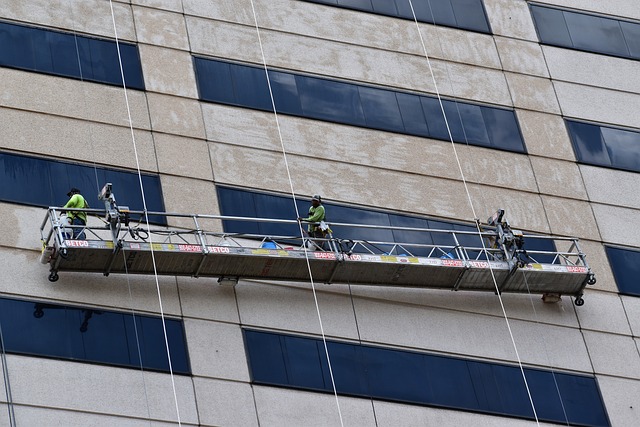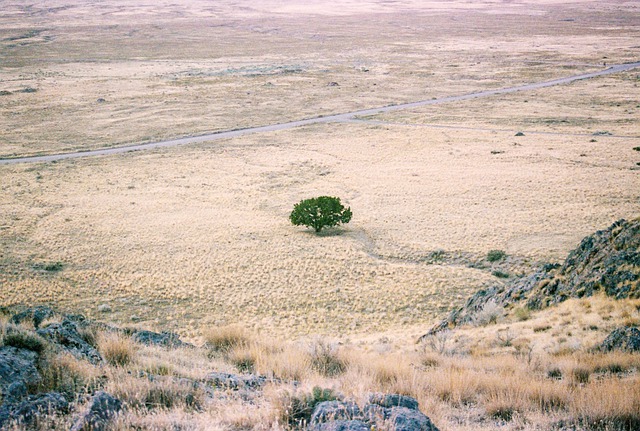Economic Activities and Associated Occupational Health Hazards Of Different Jobs
Ever since the dawn of industrial revolution and the development of industries and various jobs that have been created due to it; it has lead to development and progress. Yet, in the long run, all jobs have certain risks attached to them if they are not done carefully or properly as it can have serious consequences on worker, environmental and even the general public health.
Also read: Occupational Health and Safety – Hazards and Protection
Primary Economic Activities
These include those jobs that revolve around extracting earth’s natural sources for human use and consumption such as: agriculture, fisheries, forestry, mining etc. These are just few examples of jobs that make up the primary sector of a nation’s economy. All jobs have certain hazards and risks associated with them. Some of the general hazards are listed below:
ASSOCIATED HEALTH HAZARDS – Some of the common health hazards for people working in agriculture, fisheries, forestry or mining sectors may include:
- Water-borne diseases: this can be caused by Zoonosis-diseases or infections transmitted by animals or livestock.
- Respiratory illnesses and skin irritation: Use of pesticides and other chemicals can cause respiratory illnesses, skin and eye irritation and many acute diseases on exposure or while spraying on crops. Foresters may be exposed to allergens, saw dust from logging can cause harmful health effects.
- Musculoskeletal injuries in farmers due to heavy lifting grains, noise from machinery, sensory issues etc.
- Asbestosis and silicosis in mine workers due to inhaling coal dust.
Secondary Economic Activities
These activities include those involving the processing of the raw material (crops, fish, timber, woods, metals etc) obtained from primary activities that are then further used for construction and building purposes, manufacturing and production of new products etc. these include: furniture making, car manufacturing, building construction, textile production etc.
You may further like to read: Occupational Hazards of Carpentry: Causes, Effects and Control
ASSOCIATED HEALTH HAZARDS: Health hazards associated with these secondary activities are:
- Car manufacturing processes utilizes many chemicals and solvents such as xylene, benzene and toluene that are harmful to humans and can lead to liver and kidney problems on contact with skin or when ingested. Moreover, spray painting of cars leads to VOC’s in the environment that can be inhaled where they act as irritants of throat, skin and eyes.
- On a construction site there may be numerous health hazards such as inhalation of asbestos or other hazardous materials, workers falling from high beams, physical injuries are often caused by workers not being provided with/not wearing personal protective equipment and harnesses.
- Furniture production from timber involves use of hazardous solvents and generation of saw dust which if inhaled can cause respiratory irritation. The best way to prevent these hazards is to wear masks and relevant PPE.
- Textile industry is one which is essentially based on cotton for making all sorts of fabric and subsequent products. The fibers or cotton dust that arises from its processing can accumulate and lead to permanent lung damage, difficulty breathing and wheezing. In the dying and spinning process, the dyes used contain chemicals which can build up in human systems overtime and cause diseases many years down the road.
Tertiary Economic Activities
This comprises of all activities such as transport, commercial and personal services, trade (selling and buying of goods), hospitals, labs and office work to highlight a few.
ASSOCIATED HEALTH HAZARDS:
- Office workers and those in administration, commonly suffer from health effects related to musculoskeletal disorders due to long hours of sitting, improper posture, stress, using unergonomic machinery etc. Additionally, poor lighting affects eyesight, wires should be tucked away under tables to prevent tripping hazards and physical injuries.
- Hospitals and health care facilities have the highest risk of health hazards as they are already working in a vulnerable site where they can catch diseases just by negligence. However, besides the obvious, there are health risks when improper infectious waste disposal occurs such as those of sharps; cross contamination, radiation exposure, musculoskeletal disorders especially in nurses handling palliative care patients as well as psychological stress to name a few.
Also check out: Types, Sources, Effects of Science Laboratory Health Hazards
These are some of the few health hazards out of many others but the main takeaway from this should be that authorities must always ensure workers are provided with and are using the proper PPE to safeguard their health. Moreover, they should also be given proper training if necessary because after all, halting economic activity is not feasible but making it safer by taking such steps is definitely possible.
If you liked this article, you may also be interested in: Occupational Health and Safety Conditions in Pakistan
We hope you liked this post! Please comment below if you have any suggestions, comments or feedbacks! We at #envpk love hearing from readers! Thanks.




